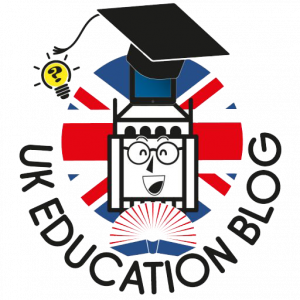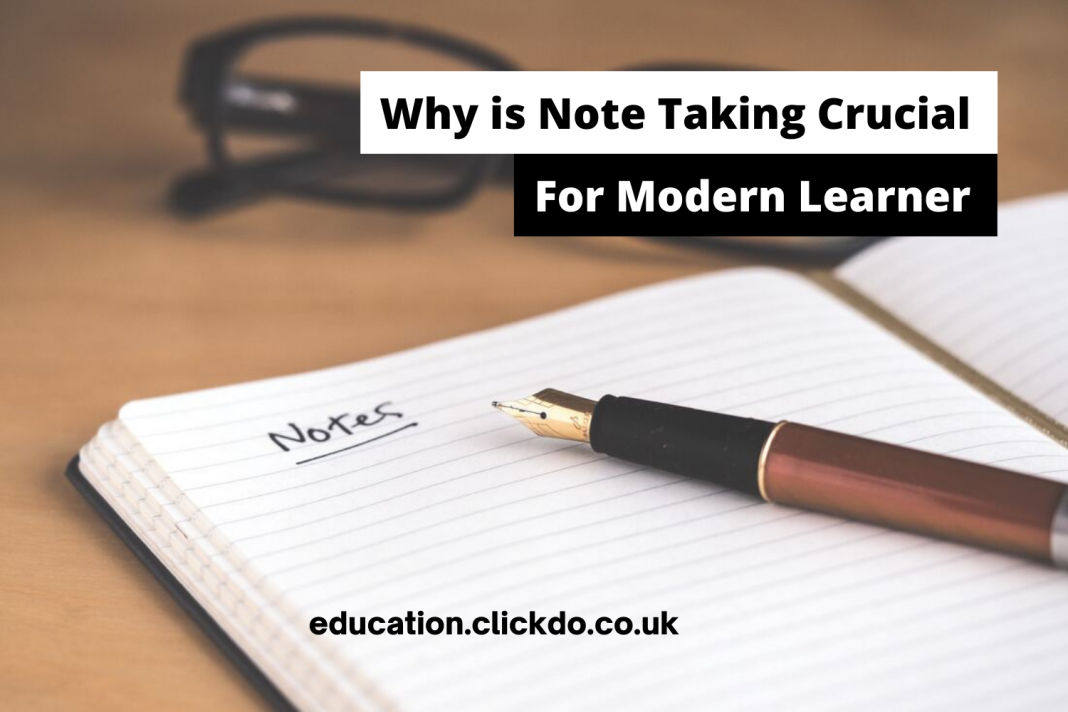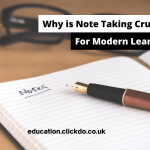Note taking is often underestimated hence why in this article we highlight the role it plays in creating deeper connections between students and their learning and in which ways. Here we learn why is note taking crucial for the modern learner.
What do we mean when we talk about learning?
How do we define it, and how can we understand the process behind it better?
Can we improve it?
With emerging technologies impacting the way we study and learn; it is time to redefine what a modern learner is. We’ll look specifically at how note taking impacts learning.
Learning isn’t just another Word for Remembering
 “Learning is an act of curiosity and transformation. It is the powerful lever between your current world and a new world where you have a new experience.”
“Learning is an act of curiosity and transformation. It is the powerful lever between your current world and a new world where you have a new experience.”
– Charlotte Crowther, Learning Expert & Advocate
Simply remembering information isn’t the end goal of learning. And in the connected digital age, it’s become less important than ever. With the ability to draw upon an unlimited library of information through the internet, we don’t need to absorb information as personal knowledge anymore; our smartphones can do that for us.
The faith we have on the internet as the source of all knowledge is increasing. In a paper published in 2012, it was found that 44% of students consult Google if they want help with coursework, versus only 36% seeking out a faculty member. In the years following, this gap has undoubtedly widened further.
The dominance of the internet can cause us to forget its presence (and power). As one researcher put it, ‘online practices have been part of young people’s lives since birth and, much like oxygen, water, or electricity, are assumed to be a basic condition of modern life.
“‘With the development of technology, our access to knowledge is different, so the demand on our skill of learning is different’”
– Charlotte Crowther
What does this mean?
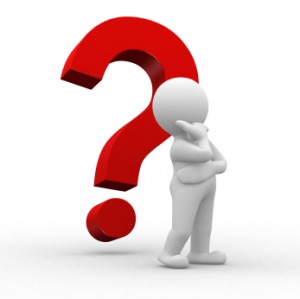 Modern learning has a new emphasis.
Modern learning has a new emphasis.
True learning in 2021 is a process of understanding and digesting content, making new, personal connections along the way, with the rote memorization of info being only a small part of it.
In fact, modern learning is just as much about filtering out information as it is absorbing it. With endless streams of content facing learners, the key to the development of an effective learning process is finding an antidote to information overload.
Learners must find the gems – the truly valuable and reliable pieces of insight – and use them to move from comprehension of the material to application beyond it.
In short, it’s about creating something new.
Creating new Connections
 By the time students leave college, we want them to be able to apply what they’ve learned to the outside world. That’s why understanding the learning process and helping students navigate it is so important.
By the time students leave college, we want them to be able to apply what they’ve learned to the outside world. That’s why understanding the learning process and helping students navigate it is so important.
To recap:
- Learning is a journey; from comprehension to creation, a learner’s relationship with new material shifts and changes as their grasp of it strengthen.
- Designing learning and note taking should account for this journey, especially given that…
- Learning doesn’t just come from the text on a page or words that were spoken in a class.
“‘Learning how to learn is a meta and super skill which applies to all aspects and stages of our life – from learning how to walk to learning how to build friendships, to learning how to care for a child, to learning a new career. Students having the experience of the learning process, and the skills and approach best suited for each stage will help them navigate the adventure of life!’”
– Charlotte Crowther
Information is fluid & comes in many Forms
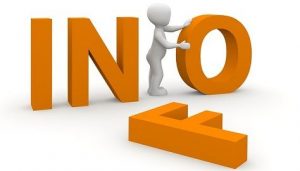 If we want students to journey towards deep learning, we need to be aware of how to achieve it.
If we want students to journey towards deep learning, we need to be aware of how to achieve it.
What can educators and support staff do to strengthen these connections between learner and class content to teach more career skills?
Here are a few points to consider:
- Learners access information in a variety of ways. A lot of this information is consumed in an ambient way, through social media, digital learning platforms, and other means.
- Great changes to education in 2020 have seen most students learn through video, live, and recorded, for the first time.
- Learners need to be able to make use of more dynamic approaches and tools to fit the climate.
- This is where note taking has a huge impact on the learning process.
Enter: Note Taking
Despite everything that’s changed in teaching over the decades, one thing’s remained constant. Students still use notes to structure their learning.
But if you were to visualize a set of notes, you’d probably picture the same thing as someone asked to do so 30 years ago. The only difference might be the use of a laptop rather than a real notepad.
When thinking about modern learning, however, note taking is the missing piece of the puzzle.
Why all the Fuss about Note Taking?
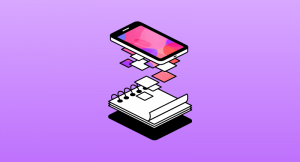 Good note taking is just like learning itself. To take good notes is to follow a process that leads to true, individual understanding.
Good note taking is just like learning itself. To take good notes is to follow a process that leads to true, individual understanding.
A good note taker not only captures the information they need from a lecture or class but works with those notes in a way that makes them incredibly effective study tools after the class.
In effect, they move through the learning process by taking notes.
But, as every student discovers, note taking is hard. Very hard. In fact, one study claims ‘note taking can be as cognitively demanding as expert chess playing’.
Part of the problem comes down to the live stream of information students receive in a lecture.
The Problem with Notes
 You can’t pause a professor. You can’t immediately know what pieces of information to prioritize in your notes. And there’s always a trade-off between trying to get down as much as possible and focusing on absorbing the content at the moment.
You can’t pause a professor. You can’t immediately know what pieces of information to prioritize in your notes. And there’s always a trade-off between trying to get down as much as possible and focusing on absorbing the content at the moment.
But, as one student told us, ‘Everything the professor says is essential’. Not necessarily because everything spoken in a classroom is going to be important for everyone in it, but because the need to select things to note down will necessarily involve having to choose things to leave out.
What taking effective Notes means for Learning?
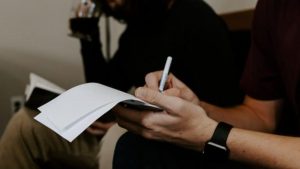 The important thing to understand is that note taking has two core functions.
The important thing to understand is that note taking has two core functions.
One is the storage of information. This describes the act of preserving material for later.
The second is encoding. This function describes the immediate benefit of taking notes in the first place – the benefit that’s immediately gained from the act.
Effective note taking means getting the most from both of these functions in a way that aids the movement from understanding the content to applying it.
In a wide-ranging review of note taking research, 17 of 22 important studies found that reviewing notes resulted in higher test performance. The problem here is that if students aren’t recording enough material in class, they’re not leaving themselves enough information to review afterward that they may not find elsewhere.
Having a structured approach to note taking is therefore crucial.
Hopefully, you are more enlightened about how note taking can be used to foster deep personal connections between students and their course content.
With an awareness of what a modern learner is and how note taking technology can help scaffold the learning process and make student independence more accessible than ever, you should be able to utilize this knowledge for your own learning benefits.
Author Profile
- Brand Manager of Glean
- Katherine Hamilton, brand manager of Glean.co, the antidote to information overload for improved student success.

